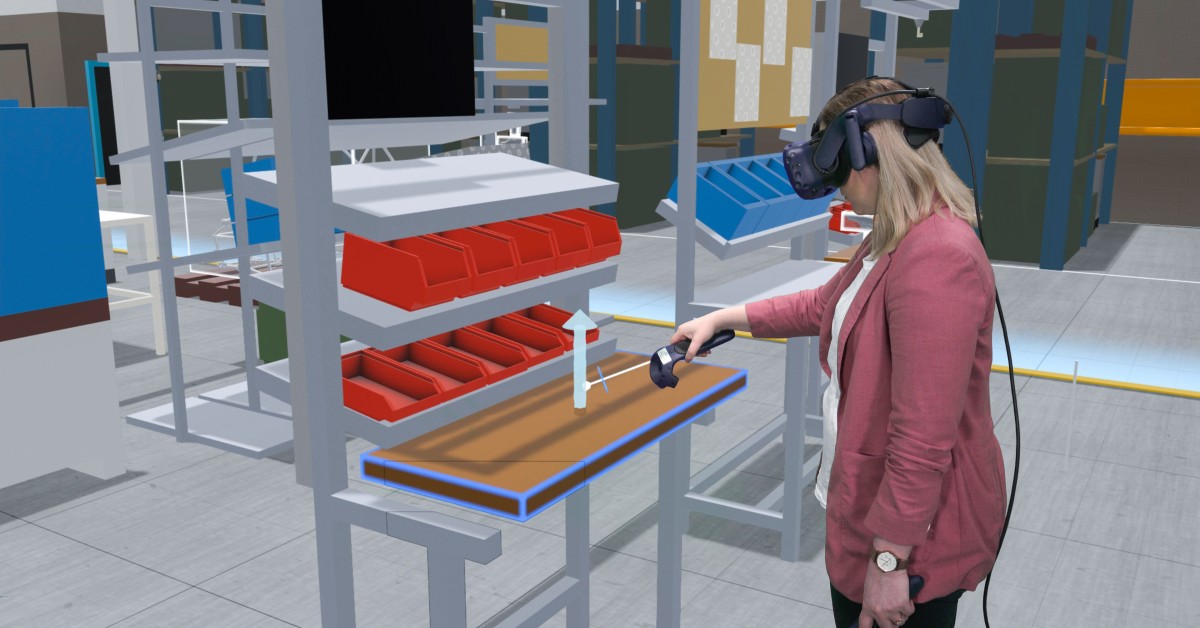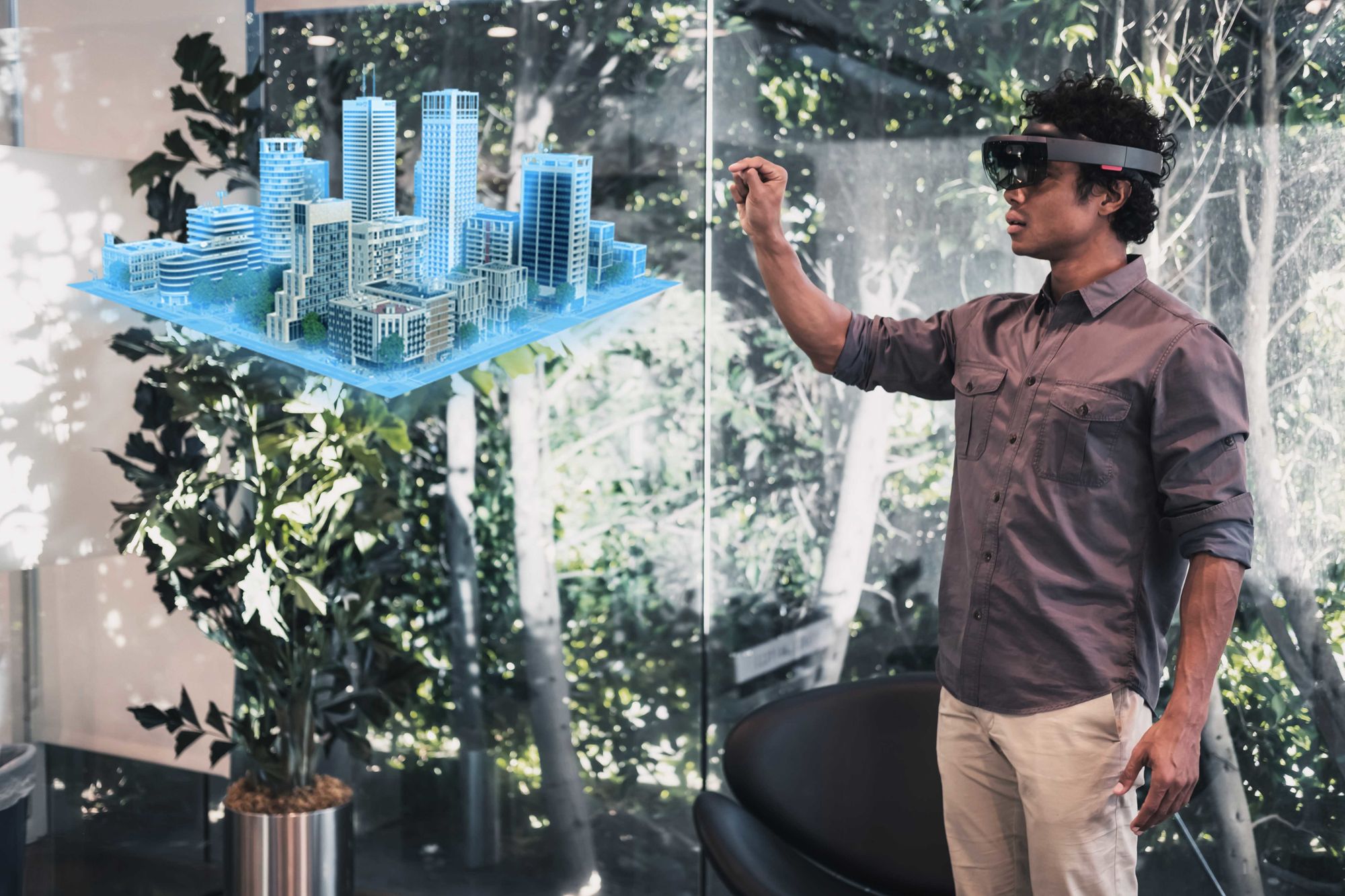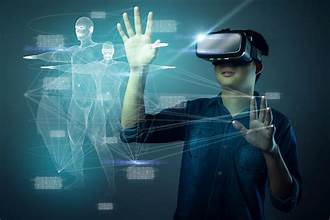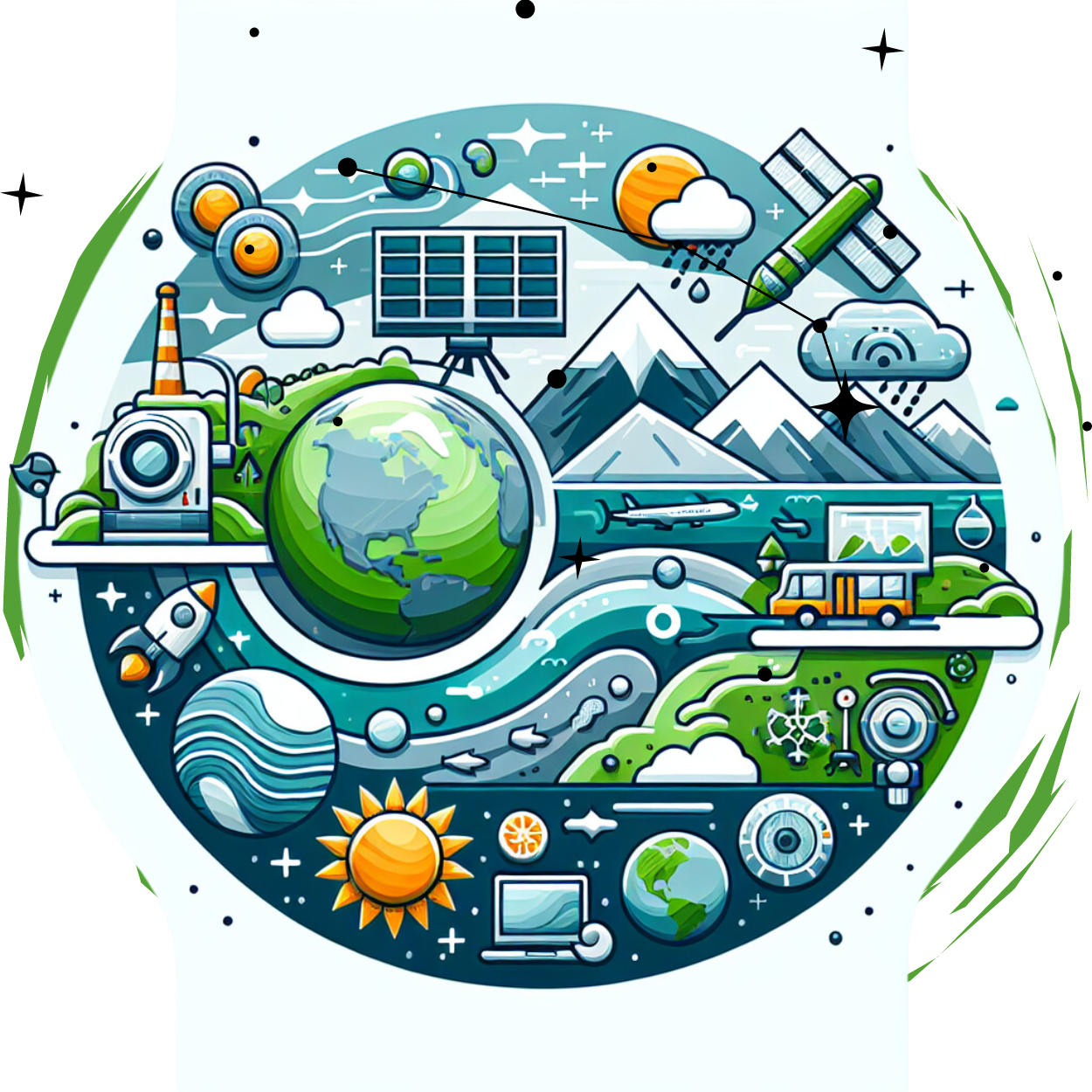
Virtual Reality (VR) has undergone rapid advancements over the past few years, transforming from a niche technology into a mainstream phenomenon. As we move through 2024, the VR landscape is more dynamic and influential than ever before, with innovations that are shaping the future of digital experiences across various sectors. This article explores the cutting-edge applications of VR in 2024, highlighting the technologies driving these innovations and their impact on different industries.
The Evolution of Virtual Reality
To understand the current state of VR, it’s essential to look at its evolution. Initially, VR was limited by high costs and bulky equipment. However, advancements in hardware, software, and network technology have led to more affordable and accessible VR solutions. In 2024, VR is characterized by high-resolution displays, improved motion tracking, and more immersive experiences thanks to the integration of artificial intelligence (AI) and advanced graphics technologies.
1. Revolutionizing Entertainment and Gaming
Entertainment and gaming have always been at the forefront of VR applications. In 2024, VR gaming is more immersive than ever, offering experiences that are incredibly lifelike. Modern VR systems use haptic feedback, real-time rendering, and sophisticated motion tracking to create a sense of presence and realism.
Innovative VR Games
Developers are pushing the boundaries of what’s possible in VR gaming. Titles such as “Virtual Odyssey” and “Quantum Quest” showcase environments with stunning graphics and complex interactions that blur the line between the virtual and physical worlds. These games use AI-driven narratives and procedural generation to offer unique experiences each time they are played.
VR Entertainment Beyond Gaming
Beyond gaming, VR is making waves in the entertainment industry with interactive storytelling and virtual concerts. Platforms like “VIRTUOSO” allow users to attend live performances or participate in interactive narratives, where choices directly influence the story’s progression. This new form of media engagement offers fans a deeper connection to their favorite artists and stories.
2. Transforming Education and Training
The educational sector is also experiencing a revolution thanks to VR. In 2024, VR is used to create immersive learning environments that enhance student engagement and comprehension.
Immersive Learning Environments
VR applications like “EduVR” provide students with virtual field trips, historical reenactments, and interactive simulations. These tools make complex subjects more accessible and engaging, allowing students to explore ancient civilizations, conduct virtual science experiments, and interact with 3D models of biological systems.
Professional Training
In professional fields, VR is becoming a crucial tool for training and simulation. Medical professionals use VR for surgical simulations, allowing them to practice procedures in a risk-free environment. Similarly, industries like aviation and manufacturing use VR to train employees in complex tasks, improving safety and efficiency.
3. Enhancing Remote Work and Collaboration
As remote work becomes more prevalent, VR is playing a significant role in bridging the gap between virtual and physical offices. In 2024, VR platforms offer collaborative spaces where teams can meet and work together in a shared virtual environment.
Virtual Workspaces
Platforms such as “WorkSphere” provide virtual meeting rooms and collaborative tools that mimic the experience of a physical office. These spaces support video conferencing, document sharing, and interactive whiteboards, making remote collaboration more effective and engaging.
Virtual Conferences and Events
Virtual conferences and trade shows are becoming more sophisticated with VR. Events like the “2024 Virtual Expo” offer attendees the opportunity to network, attend seminars, and explore exhibitor booths in a fully immersive environment. This approach not only enhances accessibility but also provides a more interactive experience compared to traditional online events.
4. Innovations in Healthcare
Healthcare is another area where VR is making a significant impact. In 2024, VR applications are used for a range of medical and therapeutic purposes, from pain management to mental health treatment.
Pain Management
VR is increasingly used as a tool for managing pain and anxiety. Applications like “PainRelief VR” use immersive environments to distract patients during medical procedures or help manage chronic pain. The effectiveness of these VR-based therapies is supported by research showing that immersive experiences can reduce pain perception and improve patient outcomes.
Mental Health Treatment
For mental health, VR offers innovative treatments for conditions such as PTSD, phobias, and anxiety disorders. VR therapy programs create controlled environments where patients can confront and work through their fears under the guidance of a therapist. This approach has shown promise in helping patients develop coping strategies and reduce symptoms.
5. Exploring New Frontiers in Virtual Reality
Looking ahead, several emerging trends and technologies are set to shape the future of VR beyond 2024.
Haptic Technology
Haptic feedback technology is advancing rapidly, with devices becoming more sensitive and responsive. This technology allows users to feel physical sensations in virtual environments, such as the texture of objects or the impact of virtual interactions, enhancing the realism of VR experiences.
AI Integration
AI is increasingly integrated into VR systems, enabling more intelligent and adaptive virtual environments. AI-driven avatars, dynamic content generation, and personalized experiences are some of the ways AI is enhancing VR applications.
Augmented Reality (AR) Integration
The convergence of VR and AR is creating new possibilities for mixed-reality experiences. Combined VR and AR systems offer users a seamless blend of virtual and real-world elements, opening up new applications in fields like design, training, and entertainment.
Conclusion
The innovations in virtual reality applications in 2024 are transforming how we interact with digital experiences. From immersive gaming and entertainment to revolutionary changes in education, remote work, and healthcare, VR is shaping the future of our digital interactions. As technology continues to advance, we can expect even more exciting developments and applications that will further enhance the way we experience and engage with the virtual world.

